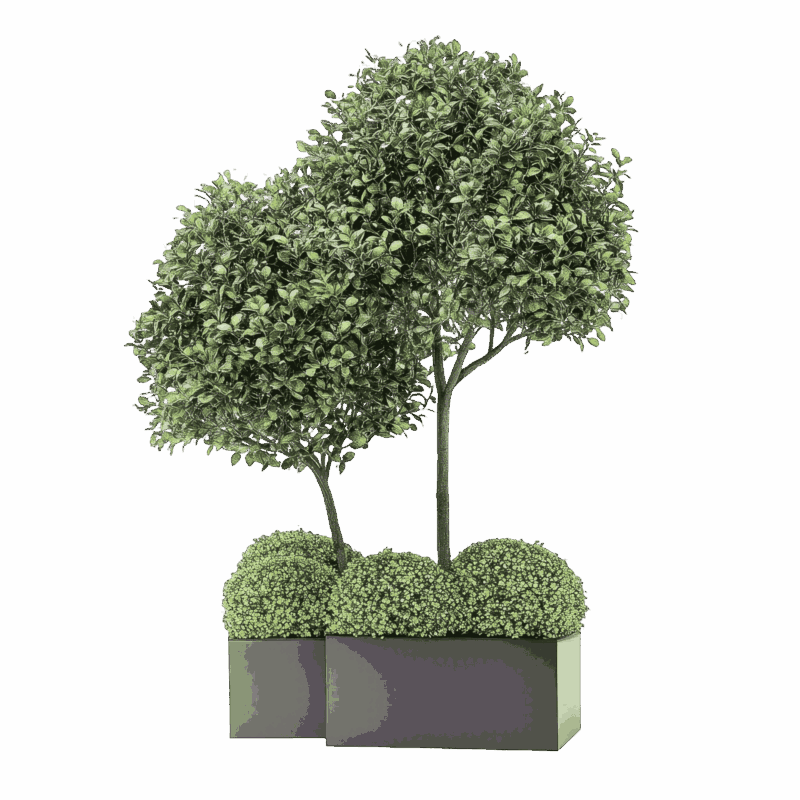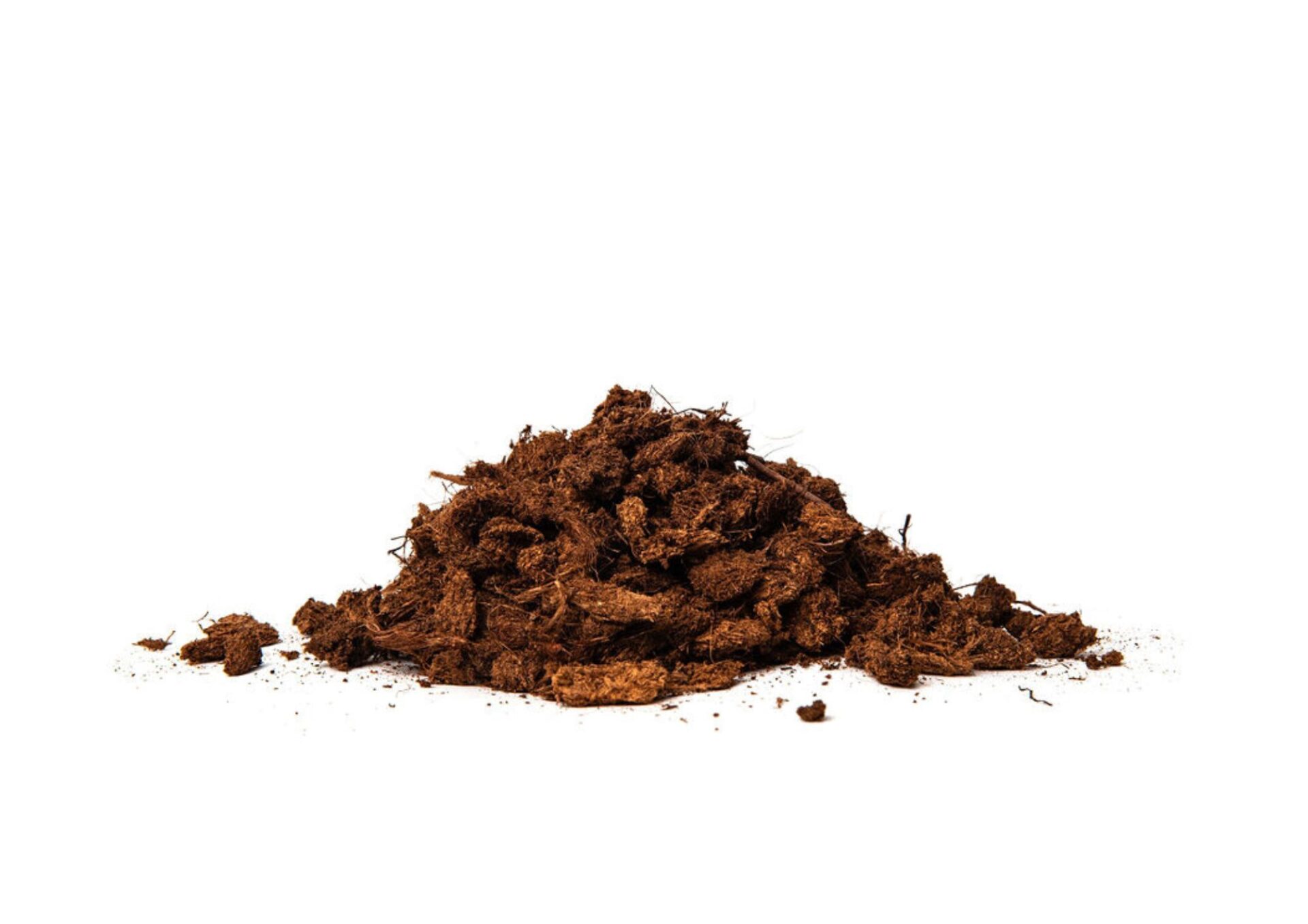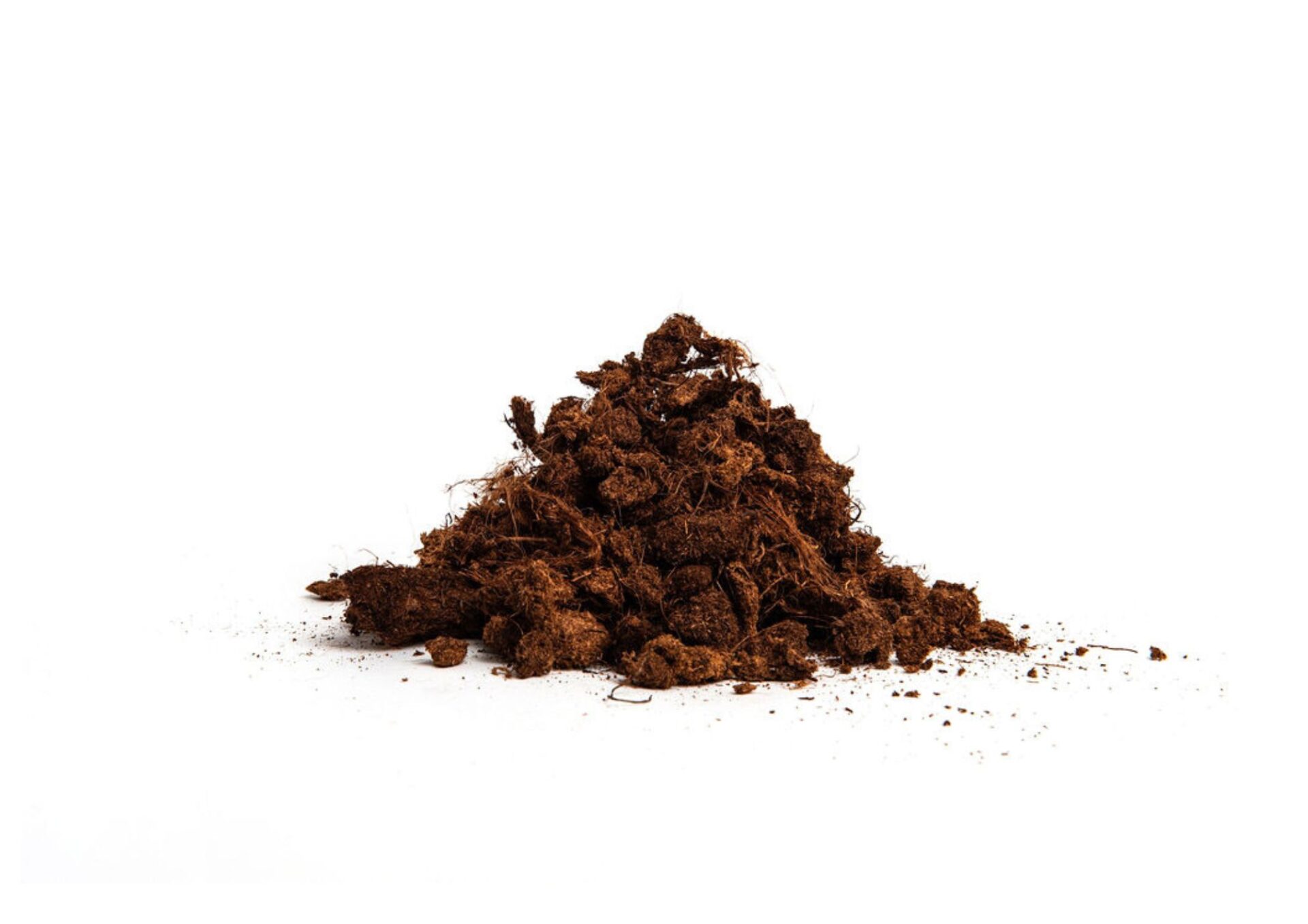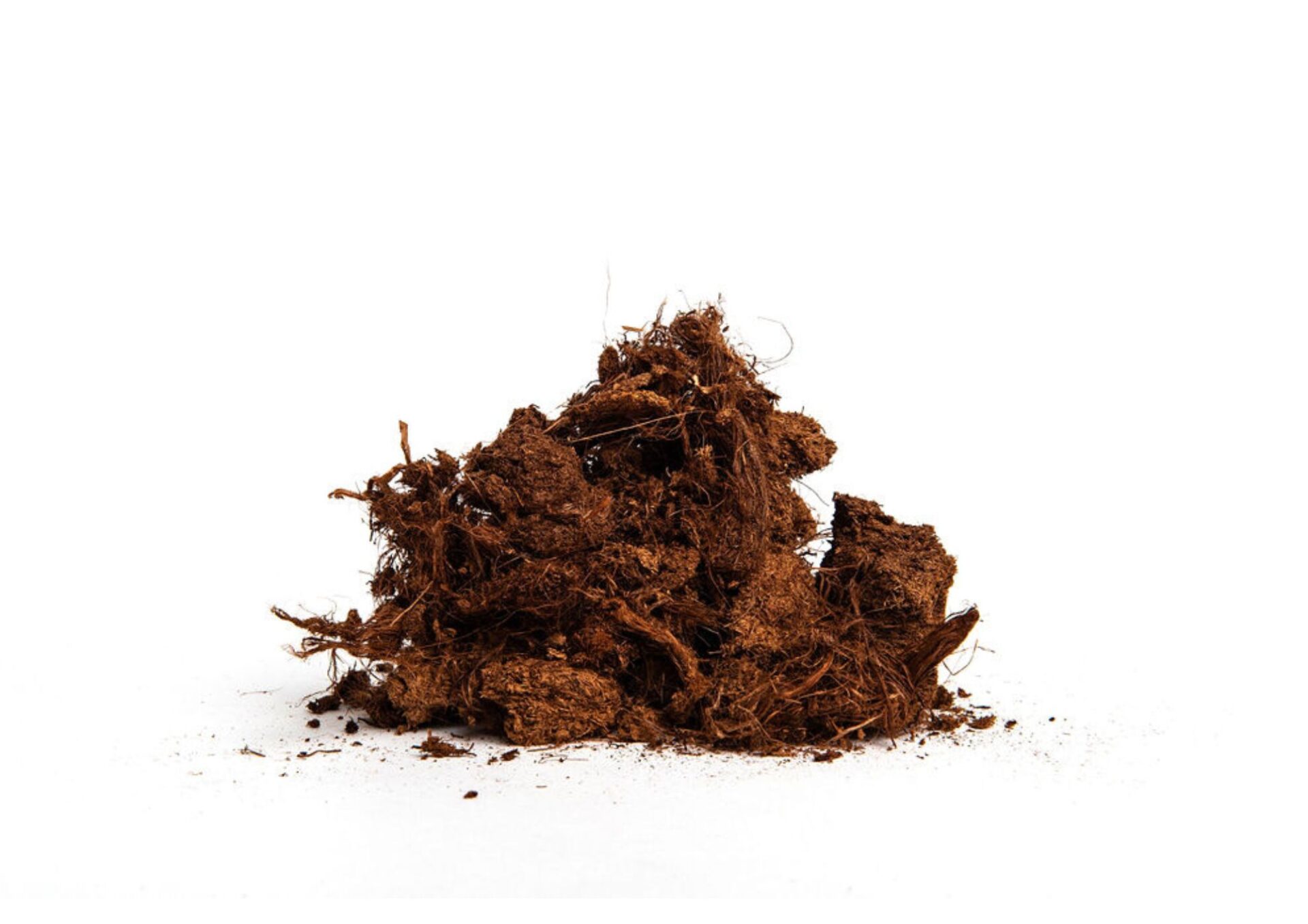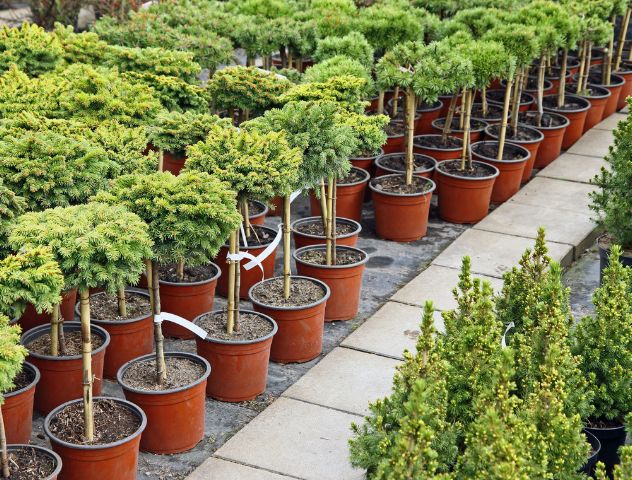
Long-Term Growth Starts Underground
The success and longevity of trees and shrubs rely heavily on the development and health of their root systems. Unlike annual plants, which have relatively shallow and short-lived roots, trees and shrubs develop complex, multi-layered root systems designed to support their growth for decades. For young saplings and newly planted shrubs, establishing these root systems is a critical phase, as strong anchorage and resource acquisition are essential for sustained above-ground development.
The naturally porous and loose structure of peat-based substrates offers an ideal environment for optimal root architecture:
Deep Root Penetration and Primary Root Growth: Peat’s porosity and excellent drainage support deep taproot development, allowing roots to reach lower soil layers and tap into water and nutrient reserves that are otherwise unavailable in the upper root zone.
Anchor Root Stability: The structural integrity of peat also supports the development of anchor roots, which provide physical stability to the tree as it matures. For nurseries, the ability to encourage early deep-rooting behavior in saplings ensures stronger transplants with a lower risk of transplant shock or failure.
Fibrous Root Growth and Lateral Expansion: Shrubs and certain tree species rely more heavily on fibrous root systems, which are composed of thin, highly branched roots that spread near the soil surface. The loose nature of peat substrate ensures that lateral roots can grow horizontally without encountering resistance, maximizing the plant’s ability to absorb nutrients from a wider area.
Root Hair Development and Nutrient Uptake: A critical feature of root systems is the development of root hairs, which are microscopic extensions of root epidermal cells. These hairs increase the surface area of the root, improving the efficiency of water and nutrient uptake. By avoiding compaction and maintaining consistent moisture levels, peat allows root hairs to proliferate.
Special Considerations for Evergreen vs. Deciduous Plants
Evergreens typically thrive in slightly acidic, well-drained soils. They require a consistent supply of nutrients throughout the year, even in colder months.
- Pine
- Spruce
- Fir
- Rhododendron
- Boxwood
- Holly
Peat’s slow decomposition suits these plants well, as it releases nutrients gradually, keeping evergreens nourished year-round.
Deciduous trees and shrubs like oak, maple, and lilac need more seasonal care. In spring, as they come out of dormancy, they require higher levels of nitrogen to promote leaf and stem growth. As the season progresses, a steady supply of phosphorus and potassium is essential for strengthening roots and supporting late-season growth.
- Oak
- Maple
- Birch
- Lilac
- Hydrangea
- Roses
Peat’s nutrient buffering capacity helps maintain the necessary balance as the seasons change.
Tips for Using Peat-Based Substrates with Trees and Shrubs
- Depending on whether you are planting evergreens or deciduous trees, adjust the substrate with amendments like lime or organic fertilizers to meet specific nutrient and pH requirements.
- For newly planted trees, deep watering encourages roots to grow downwards, establishing strong anchoring systems. Peat substrates will hold enough moisture between waterings to support this deep-root development.
- For mature trees and shrubs, apply a layer of compost or mulch over the peat substrate to enrich the soil and lock in moisture, especially during hot or dry periods.
- Trees grown in containers or raised beds need extra attention to prevent root-binding. Repotting every few years with fresh peat substrate can offer continued growth and prevent compaction.
